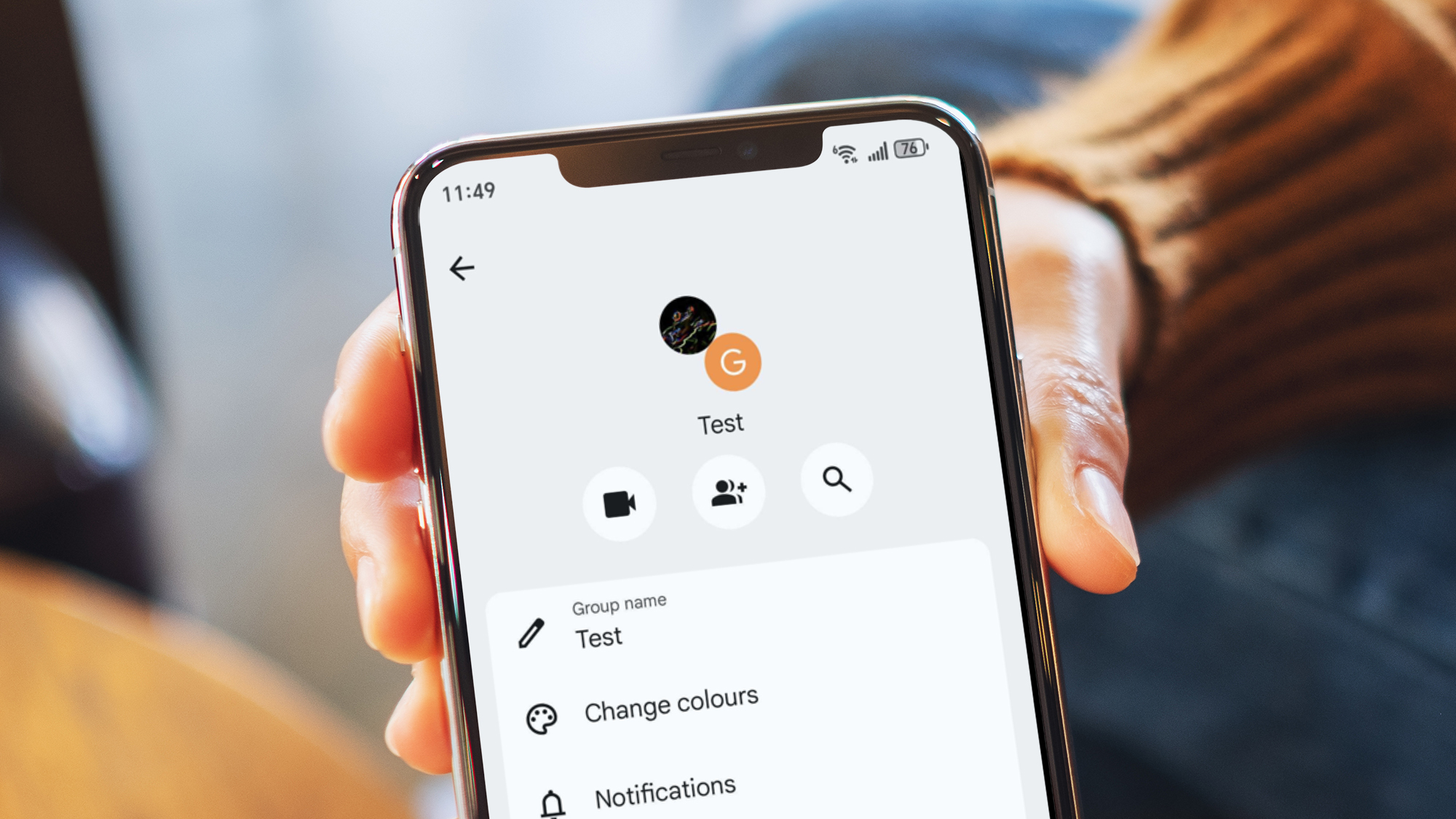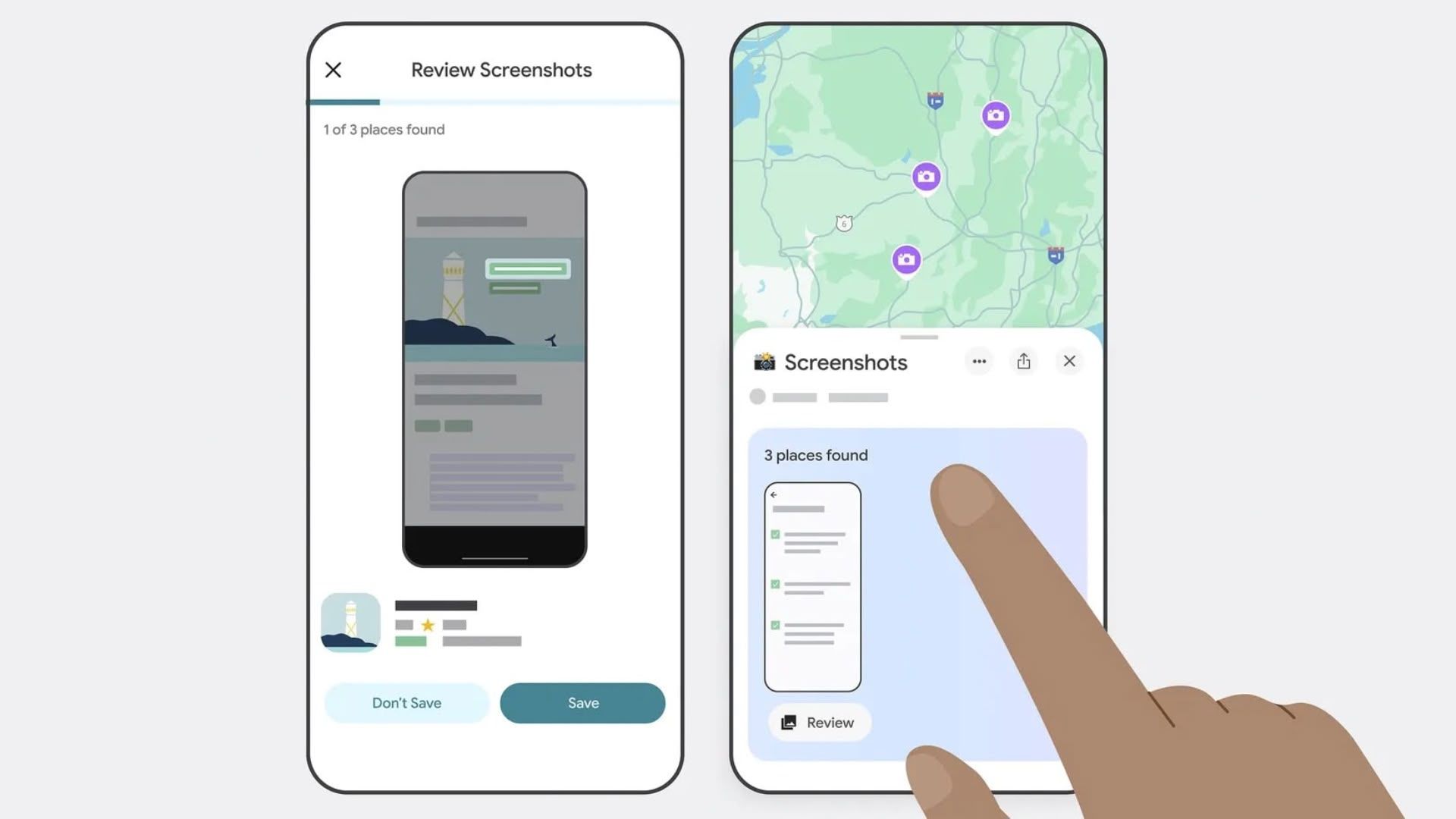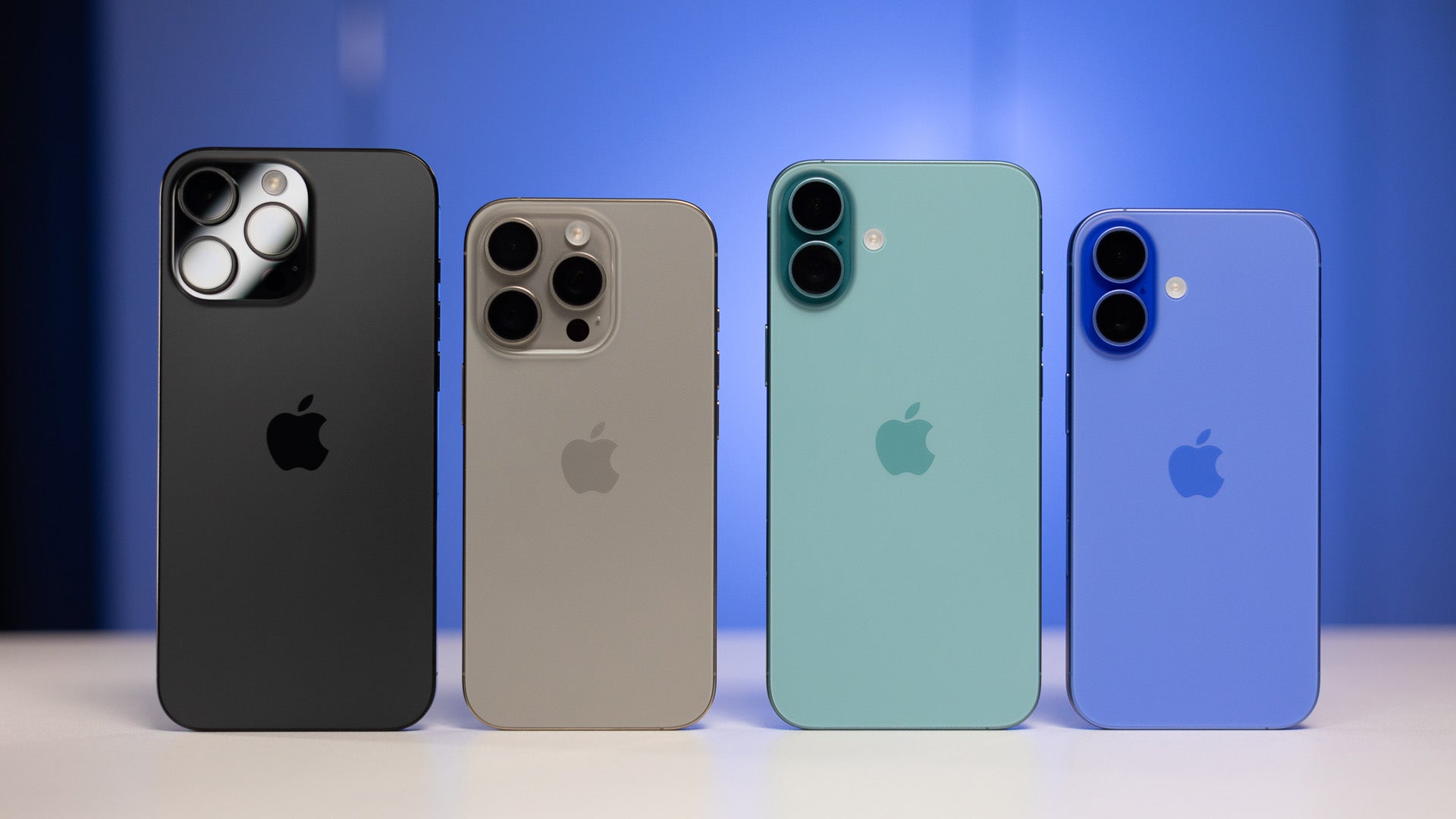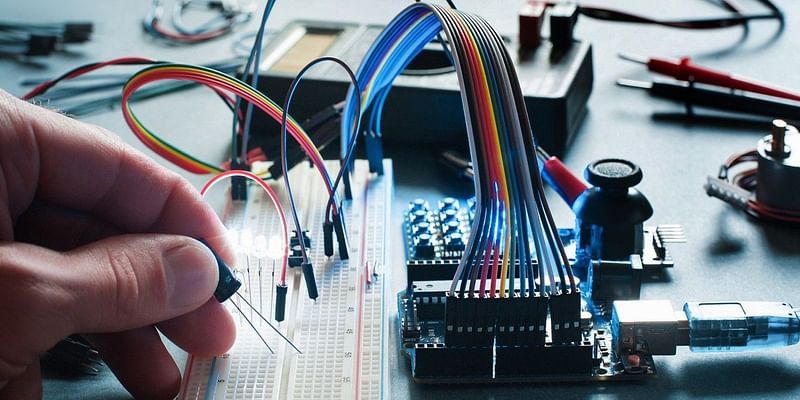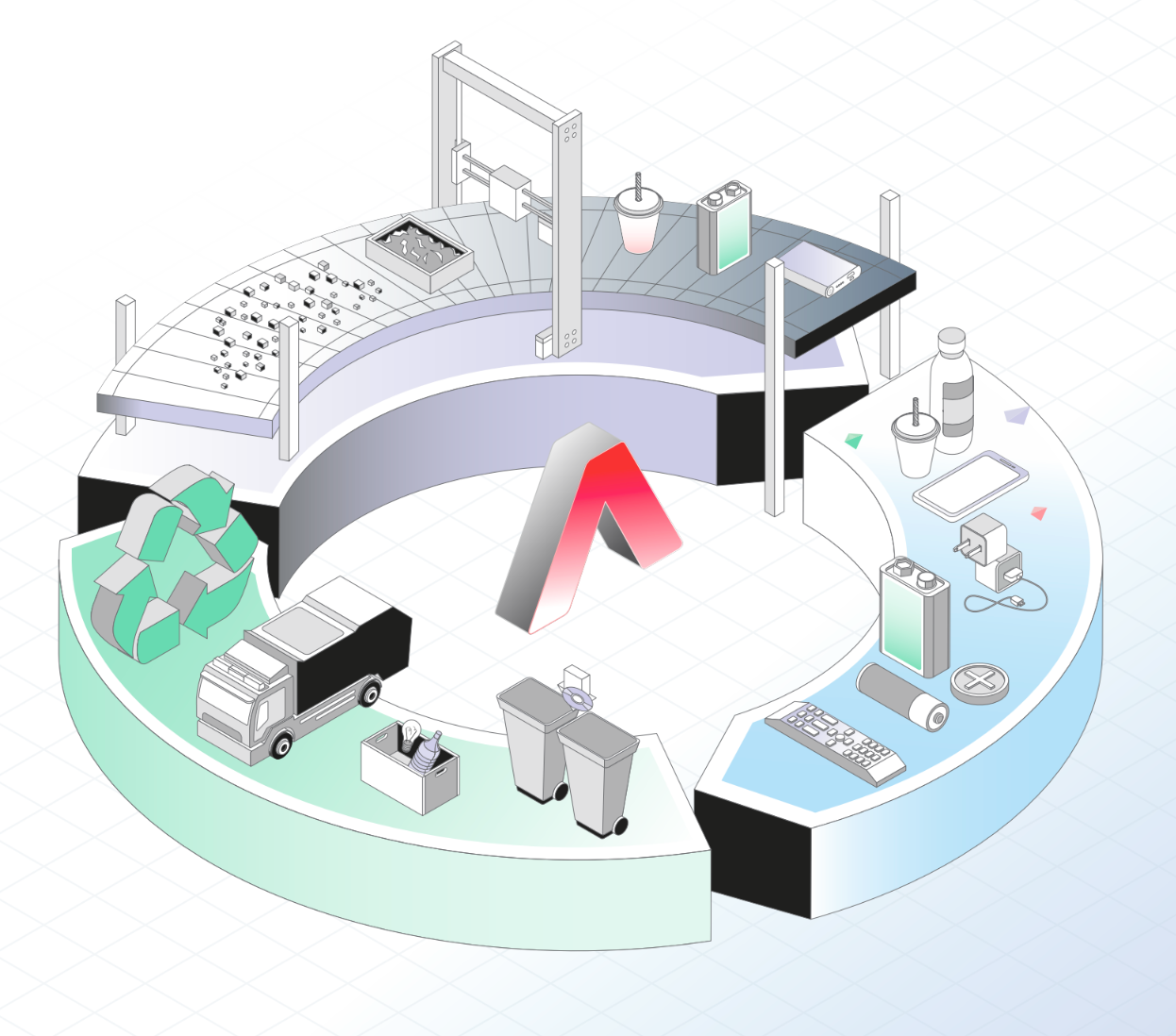How to Fix WebDriverException in Selenium on Mac
If you're encountering the selenium.common.exceptions.WebDriverException: Message: Can not connect to the Service error on your Mac while using Selenium WebDriver, you're not alone. This error typically signifies that there's a connection issue between Selenium and the ChromeDriver, which can stem from several causes including ChromeDriver version mismatches, installation problems, or even permission issues. Why Does This Issue Happen? This particular error arises when the Selenium WebDriver cannot establish a connection with the ChromeDriver service. Common reasons for this error include: Outdated or incompatible ChromeDriver version Chrome browser updates that are not mirrored by the corresponding driver Incorrect installation paths for the ChromeDriver Inadequate permissions for the executable files To effectively solve this problem, let’s walk through a series of troubleshooting steps and solutions. Step 1: Check ChromeDriver Version First and foremost, ensure that your ChromeDriver version is compatible with your installed version of Google Chrome. You can check your current Chrome version by going to chrome://settings/help. Make a note of this version. Then, you can check the ChromeDriver downloads page to find out which version corresponds with your Chrome installation: ChromeDriver Downloads. Step 2: Update and Install ChromeDriver One convenient way to manage ChromeDriver is to use the webdriver_manager package. This package automatically handles the installation and updating of driver binaries, eliminating many compatibility issues. If you haven’t already, you can install it via pip: pip install webdriver-manager To ensure you are using the latest ChromeDriver, make sure your code initializes it as follows: from webdriver_manager.chrome import ChromeDriverManager This will download the most suitable version automatically. Step 3: Check for Permissions Sometimes, the WebDriver fails to start due to lacking permissions. To ensure that your executable files have the correct permissions, you can set the execute permission for your ChromeDriver. Use the terminal to navigate to your driver’s directory and run: chmod +x chromedriver This ensures that the file is executable. Step 4: Test the Code Here’s a complete code example that you can use to check if everything is set up correctly: from selenium import webdriver from selenium.webdriver.chrome.service import Service from selenium.webdriver.chrome.options import Options from webdriver_manager.chrome import ChromeDriverManager def test_selenium(): print("Setting up Chrome options...") chrome_options = Options() chrome_options.add_argument("--headless") # Optional: headless mode chrome_options.add_argument("--no-sandbox") chrome_options.add_argument("--disable-dev-shm-usage") print("Initializing Chrome driver...") driver = webdriver.Chrome( service=Service(ChromeDriverManager().install()), options=chrome_options ) try: print("Attempting to access a test website...") driver.get("https://www.google.com") print("Successfully loaded Google!") print(f"Page title: {driver.title}") except Exception as e: print(f"Error occurred: {str(e)}") finally: print("Closing browser...") driver.quit() if __name__ == "__main__": test_selenium() This code sets up a headless Chrome browser instance and visits Google's homepage. If configured correctly, you should see a success message along with the page title. Frequently Asked Questions (FAQ) 1. What should I do if I still encounter errors? If you still face issues, try uninstalling and reinstalling both Selenium and ChromeDriver. Ensure all versions are compatible with your systems, such as ensuring system libraries are updated for macOS. 2. Is headless mode mandatory? No, running in headless mode is optional. If you want to see the browser actions in real-time, you can comment out the line that adds the --headless argument. 3. Can I use Selenium with other browsers? Yes, Selenium supports various browsers like Firefox, Edge, and Safari. Depending on the browser, you will need to use respective WebDriver implementations.

If you're encountering the selenium.common.exceptions.WebDriverException: Message: Can not connect to the Service error on your Mac while using Selenium WebDriver, you're not alone. This error typically signifies that there's a connection issue between Selenium and the ChromeDriver, which can stem from several causes including ChromeDriver version mismatches, installation problems, or even permission issues.
Why Does This Issue Happen?
This particular error arises when the Selenium WebDriver cannot establish a connection with the ChromeDriver service. Common reasons for this error include:
- Outdated or incompatible ChromeDriver version
- Chrome browser updates that are not mirrored by the corresponding driver
- Incorrect installation paths for the ChromeDriver
- Inadequate permissions for the executable files
To effectively solve this problem, let’s walk through a series of troubleshooting steps and solutions.
Step 1: Check ChromeDriver Version
First and foremost, ensure that your ChromeDriver version is compatible with your installed version of Google Chrome. You can check your current Chrome version by going to chrome://settings/help. Make a note of this version.
Then, you can check the ChromeDriver downloads page to find out which version corresponds with your Chrome installation: ChromeDriver Downloads.
Step 2: Update and Install ChromeDriver
One convenient way to manage ChromeDriver is to use the webdriver_manager package. This package automatically handles the installation and updating of driver binaries,
eliminating many compatibility issues. If you haven’t already, you can install it via pip:
pip install webdriver-manager
To ensure you are using the latest ChromeDriver, make sure your code initializes it as follows:
from webdriver_manager.chrome import ChromeDriverManager
This will download the most suitable version automatically.
Step 3: Check for Permissions
Sometimes, the WebDriver fails to start due to lacking permissions. To ensure that your executable files have the correct permissions, you can set the execute permission for your ChromeDriver. Use the terminal to navigate to your driver’s directory and run:
chmod +x chromedriver
This ensures that the file is executable.
Step 4: Test the Code
Here’s a complete code example that you can use to check if everything is set up correctly:
from selenium import webdriver
from selenium.webdriver.chrome.service import Service
from selenium.webdriver.chrome.options import Options
from webdriver_manager.chrome import ChromeDriverManager
def test_selenium():
print("Setting up Chrome options...")
chrome_options = Options()
chrome_options.add_argument("--headless") # Optional: headless mode
chrome_options.add_argument("--no-sandbox")
chrome_options.add_argument("--disable-dev-shm-usage")
print("Initializing Chrome driver...")
driver = webdriver.Chrome(
service=Service(ChromeDriverManager().install()),
options=chrome_options
)
try:
print("Attempting to access a test website...")
driver.get("https://www.google.com")
print("Successfully loaded Google!")
print(f"Page title: {driver.title}")
except Exception as e:
print(f"Error occurred: {str(e)}")
finally:
print("Closing browser...")
driver.quit()
if __name__ == "__main__":
test_selenium()
This code sets up a headless Chrome browser instance and visits Google's homepage. If configured correctly, you should see a success message along with the page title.
Frequently Asked Questions (FAQ)
1. What should I do if I still encounter errors?
If you still face issues, try uninstalling and reinstalling both Selenium and ChromeDriver. Ensure all versions are compatible with your systems, such as ensuring system libraries are updated for macOS.
2. Is headless mode mandatory?
No, running in headless mode is optional. If you want to see the browser actions in real-time, you can comment out the line that adds the --headless argument.
3. Can I use Selenium with other browsers?
Yes, Selenium supports various browsers like Firefox, Edge, and Safari. Depending on the browser, you will need to use respective WebDriver implementations.









































































































































































![[The AI Show Episode 146]: Rise of “AI-First” Companies, AI Job Disruption, GPT-4o Update Gets Rolled Back, How Big Consulting Firms Use AI, and Meta AI App](https://www.marketingaiinstitute.com/hubfs/ep%20146%20cover.png)










































































































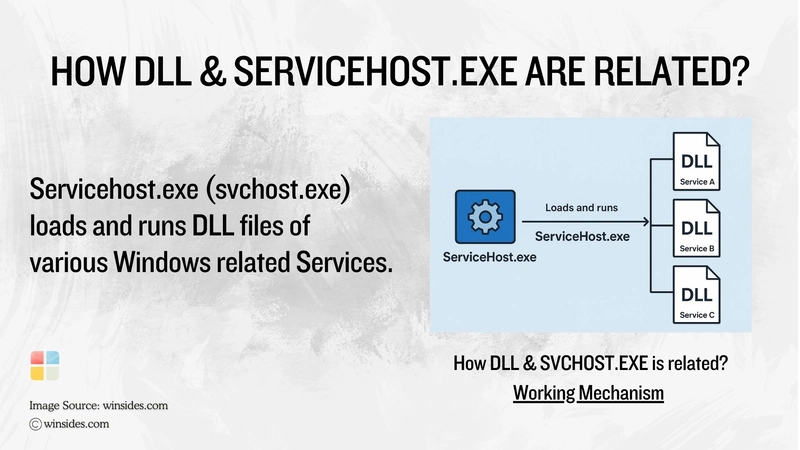














![[DEALS] The Premium Python Programming PCEP Certification Prep Bundle (67% off) & Other Deals Up To 98% Off – Offers End Soon!](https://www.javacodegeeks.com/wp-content/uploads/2012/12/jcg-logo.jpg)
















































































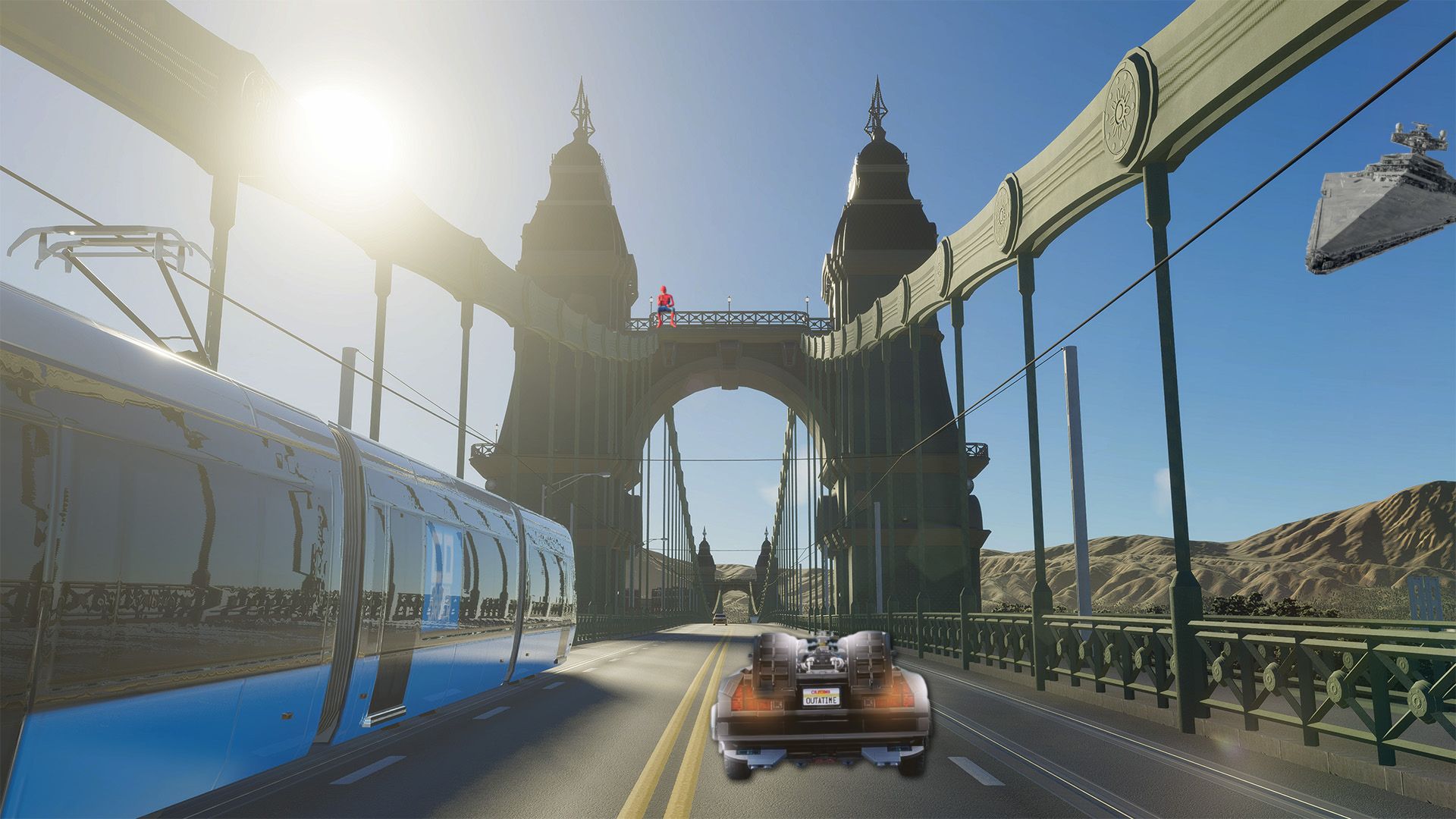






































































































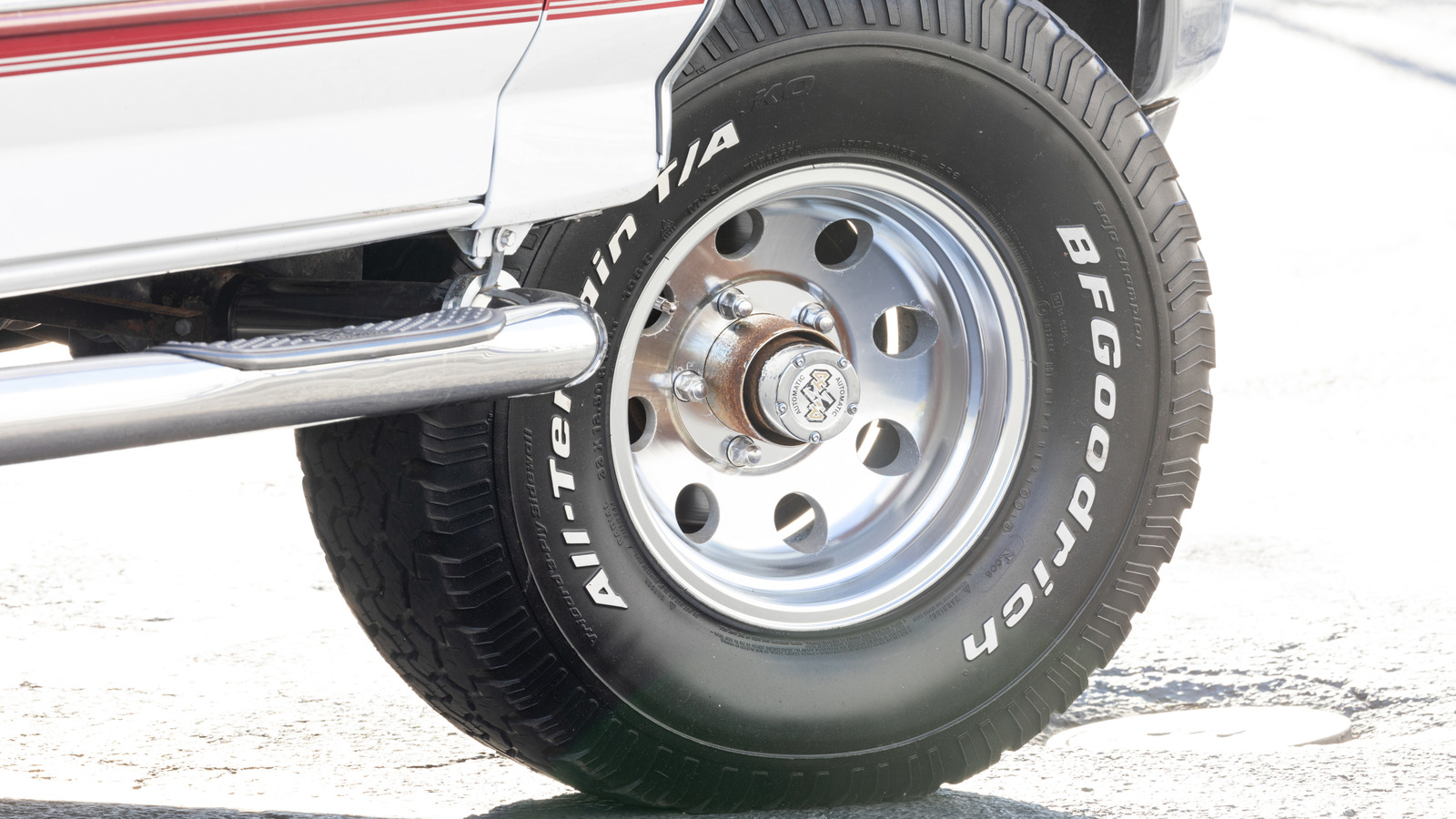

























































![Honor 400 series officially launching on May 22 as design is revealed [Video]](https://i0.wp.com/9to5google.com/wp-content/uploads/sites/4/2025/05/honor-400-series-announcement-1.png?resize=1200%2C628&quality=82&strip=all&ssl=1)













![Beats Studio Pro Wireless Headphones Now Just $169.95 - Save 51%! [Deal]](https://www.iclarified.com/images/news/97258/97258/97258-640.jpg)

















